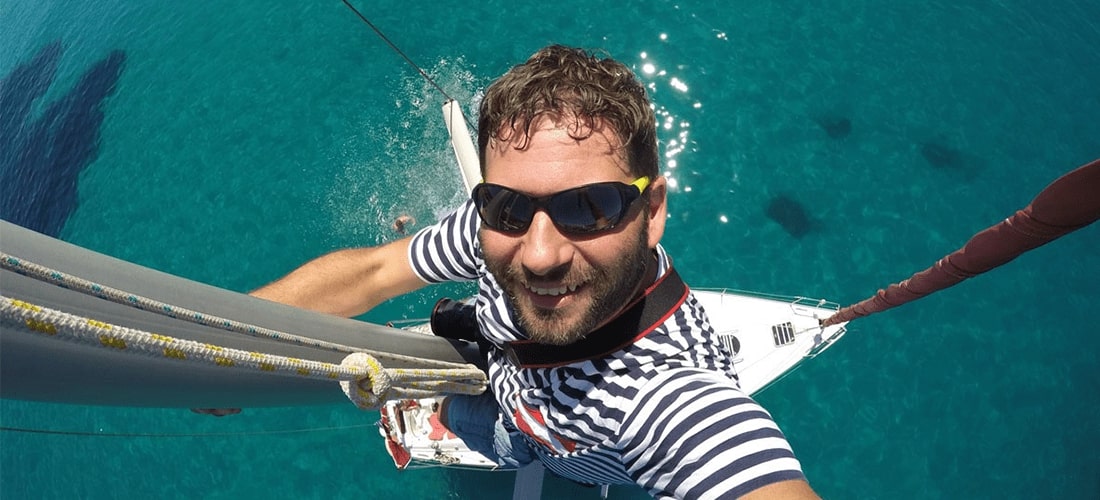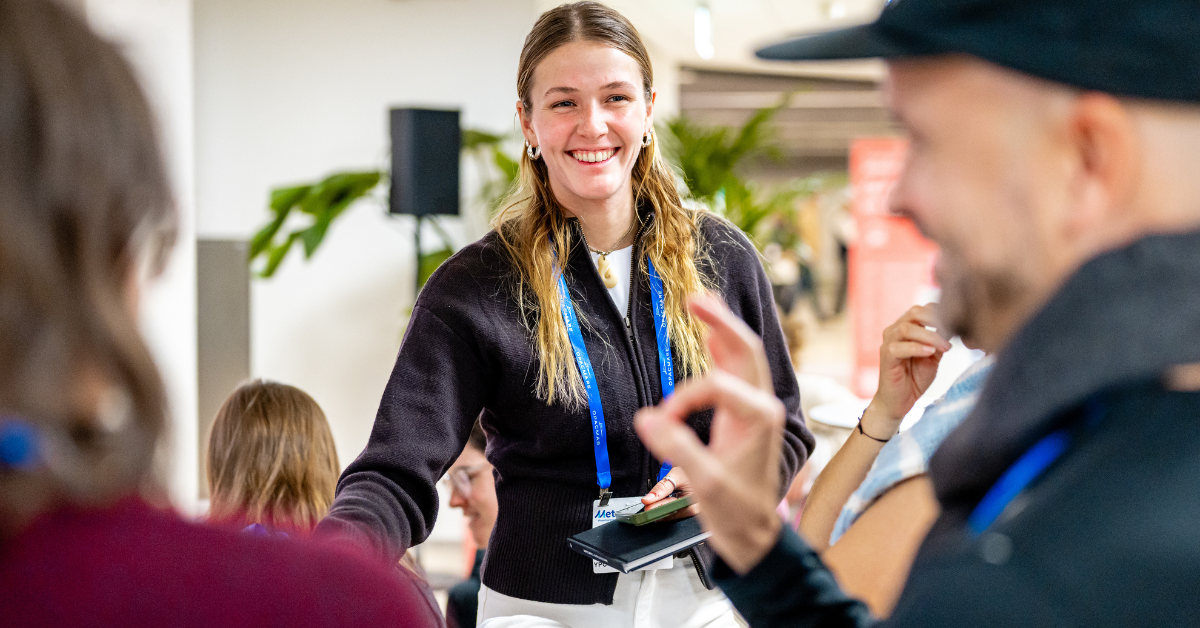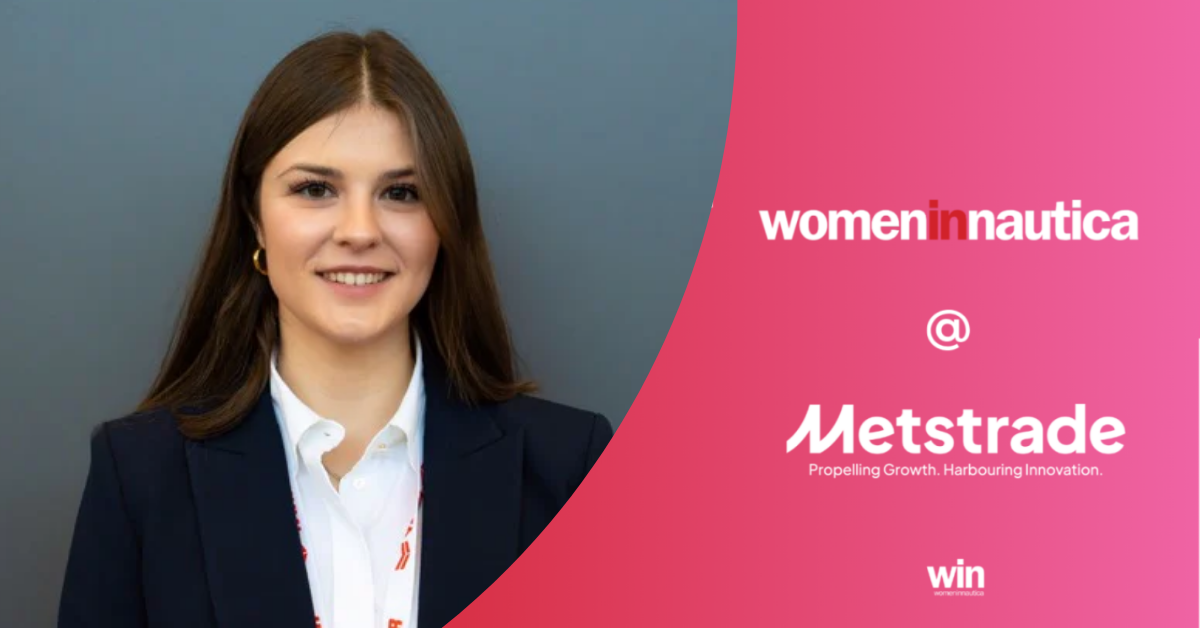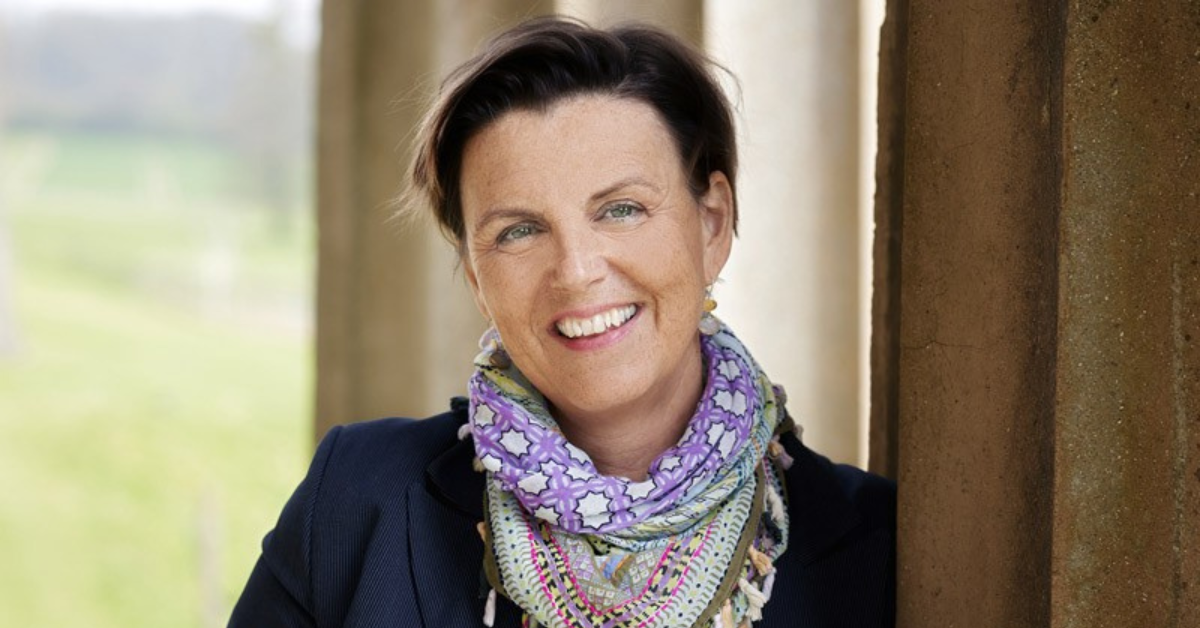Future customers – and why they will completely reshape our market
 Kim Hollamby
Kim Hollamby
There’s much focus right now on the very different expectations of the Millennial generation. They want to experience things, not own them. They want sociable physical activity, not a competitive solo sport where they might get embarrassed if they don’t win, or if they wear the wrong thing. Instant gratification with minimal complication is demanded for anything they use. They have reduced attention spans and lots of demands on their time. Loyalty, to a brand, club or activity, is not guaranteed. Their family models are typically more complex than mother, father, two children and a pet animal.
In fact, it’s not just the 18-37 year olds for which this applies, because as with any social trend, wider age ranges are affected and influenced by what is going in the world too. There are plenty of 60-year-olds out there now, glued to mobile phones, taking selfies and much tut-tutting when the signal prevents them sending a WhatsApp to a friend.
The ramifications for the marine equipment industry are huge, of course.
If boats are not getting sold into ownership, will the new build, refit, service and repair volumes remain the same? If they don’t, what will generate a healthy volume of orders from the marine equipment supply chain?
If there is no patience with things that don’t work, first time, without an instruction manual, what are the implications for design, in all aspects, for every product produced?
Global research is unveiling similar trends
One of the earliest marine industry associations (MIAs) to look seriously at future boating trends was the US National Marine Manufacturers Association, with its Grow Boating initiative which has been running in various forms since 2003, funded by a levy on products sold. Many things have come out of that, most recently its first annual Grow Boating Marine Industry Marketing Summit at IBEX in September. You can freely access the Grow Boating Summit papers here and they make fascinating reading.
In creating its Welcome to the Water marketing campaign the Dutch MIA, HISWA, has also taken a long hard look at trends already with us, such as the growth in popularity of relatively simple open sloepen with a corresponding drop in sales of much more complex larger boats with sleeping accommodation. That’s a trend that is also being mirrored globally in the explosive growth in highly portable and easily accessed watersports craft, like stand up paddleboards and kayaks.
Most recently the UK’s MIA, British Marine, has just released to its members over 300 pages of research on current and predicted future trends. Its Future Customers report brings together in one place a lot of data that was already available in isolation, analysed it collectively, added to it new insights and observed also hobbies and sports that are similarly at risk through changing social trends. It’s another great piece of work, much needed, but the messages are hard and suggest that change needs to happen in the sector. Not just in the industry, but also in the supporting infrastructure, like the largely voluntarily run yacht clubs that have traditionally formed a base of activity in Britain.
What is striking in all of this is the similarity of message from these MIAs. In the short-term we still have that golden age of boat buyers providing the lifeblood for many companies in the leisure marine sector. Marina occupancy remains high. There is decline but at this point it is slow and might in fact allow some marine business owners to take their retirement while trading looks familiar. It allows the rest of us some time to consider next steps.
However what follows looks as if it could be as big a change as the revolution that occurred when the industry started making boats on a production basis in plastics and other non-wooden materials in the 1960s.
Implications for METSTRADE exhibitors
What do I think this all means for businesses at METSTRADE making equipment today?
The likelihood is the market will be shifting within the next 10 years to hitherto unexplored models. The good news is I don’t think the magic of being on the water will diminish. The great thing about our industry is we tend to pre-qualify our customers very quickly. Either they hate being afloat, or they love it! So, our challenge will be to find the ones that love the water and then provide the ways they need to access it. We’re not selling house bricks or other boring commodities (with apologies to house brick makers).
It was also encouraging to see Chairman and Chief Executive Officer of the Brunswick Corporation, Mark D Schwabero, state that Millennials are as interested in the water as those of a similar age were in generations past.
I can see how shared boat ownership and boat rental models will become more accessible, mature and commonplace. If that increases boat utilisation, then there are some new challenges for equipment manufacturers who will need to switch from thinking about making products that work after being idle for much of the year, to ones that work well when used much more often. Given a choice, I suspect the engineering of the latter is easier, except of course there will always be price pressures.
Will larger capital items of equipment be leased and then returned to be recycled? Perhaps so – it makes environmental sense too. However, the industry has, in its recent history, seen the dramatic impacts caused by almost instant withdrawal of boat stock floor funding in the banking crash, so if there is caution around this theory it would be understandable.
What I suspect is much more certain is equipment manufacturers need to focus on what they can sell and develop that becomes personal to an individual, rather than embedded in an object. Easier said than done for many sectors represented at METSTRADE, but nevertheless if the boating and watersports enthusiast of the future is going to be more transient and portable, moving from experience to experience rather than pinned to a commodity at a fixed location, it will be great to sell him or her kit that they can carry around with them.
That kit will also need to be easy to use, right out of the box. In fact, ideally, it will emerge from an Apple iPhone-esque box and give some tactile and visual pleasure even before operation. It will need to consider equally the needs of all potential users, of both genders.
It all points towards the ever-increasing need to invest in brilliant aesthetic, ergonomic, industrial and marketing design, something of course that is highlighted each year at METSTRADE by the DAME Awards.
There are encouraging signals though that the industry is waking up to what needs to happen next. You can see that in some of the products coming through and in the marina sector particularly, which in some notable cases is exploring what it will take to make the place where a boat is kept more of a full-service destination. There is no doubt that innovative, disruptive companies have big opportunities ahead.
What social trends are affecting us now and how do you think the industry will need to respond to the customers of the future? I’d be really interested to read your comments and join in that conversation.


